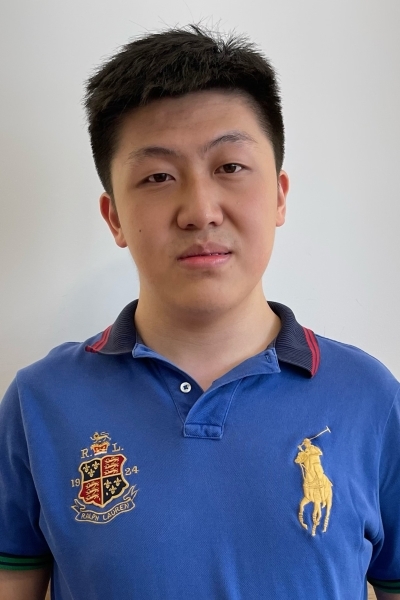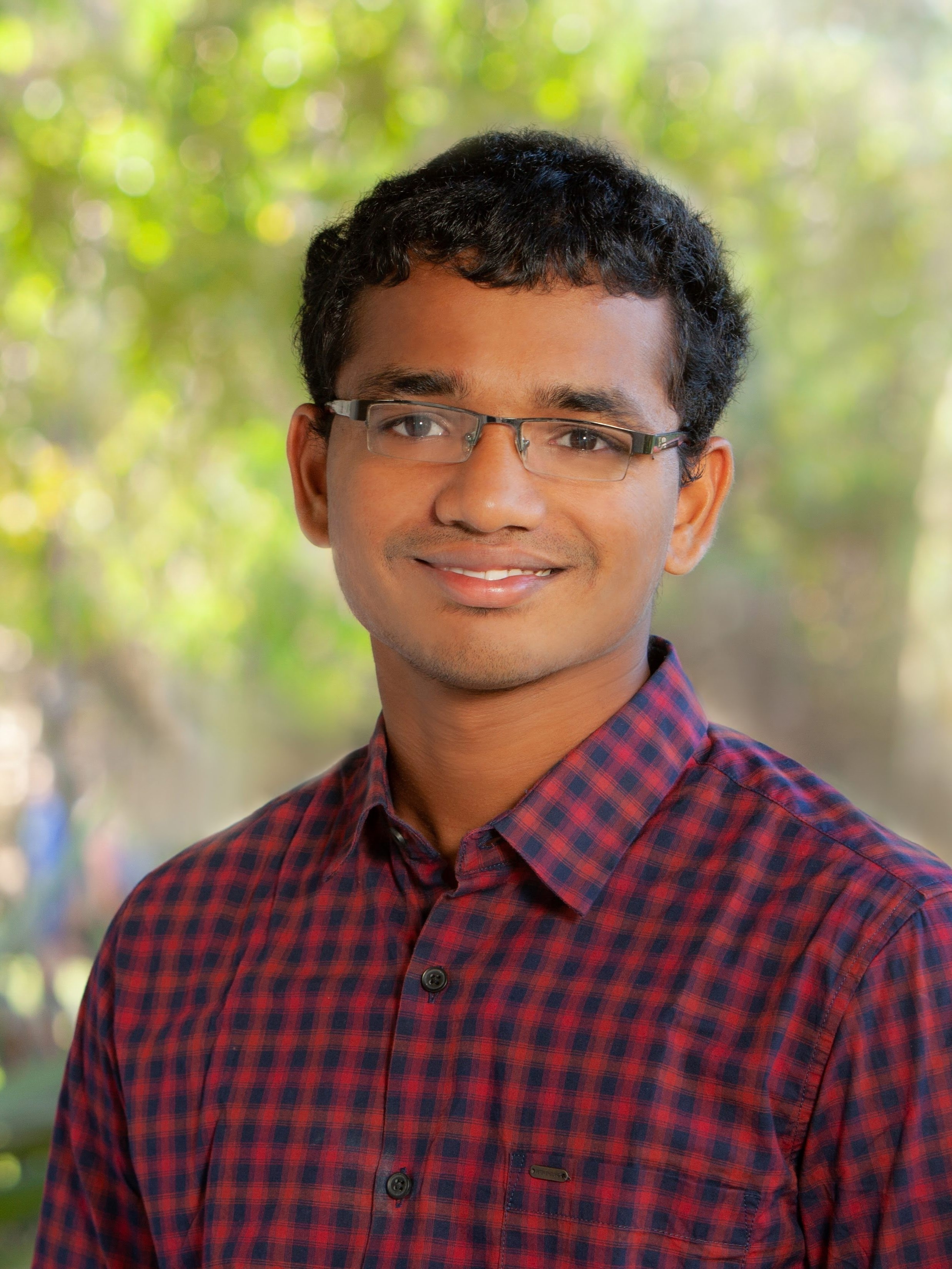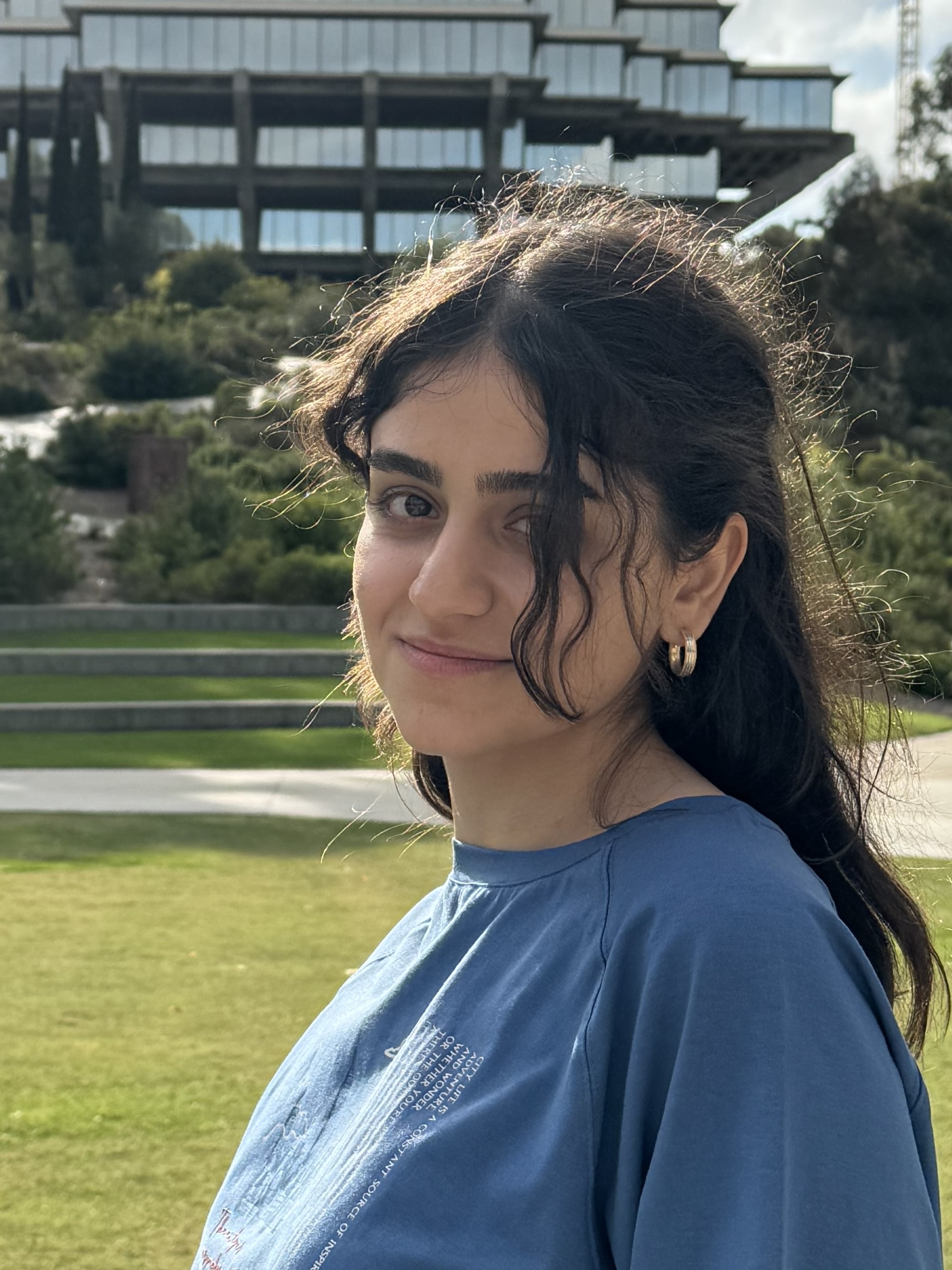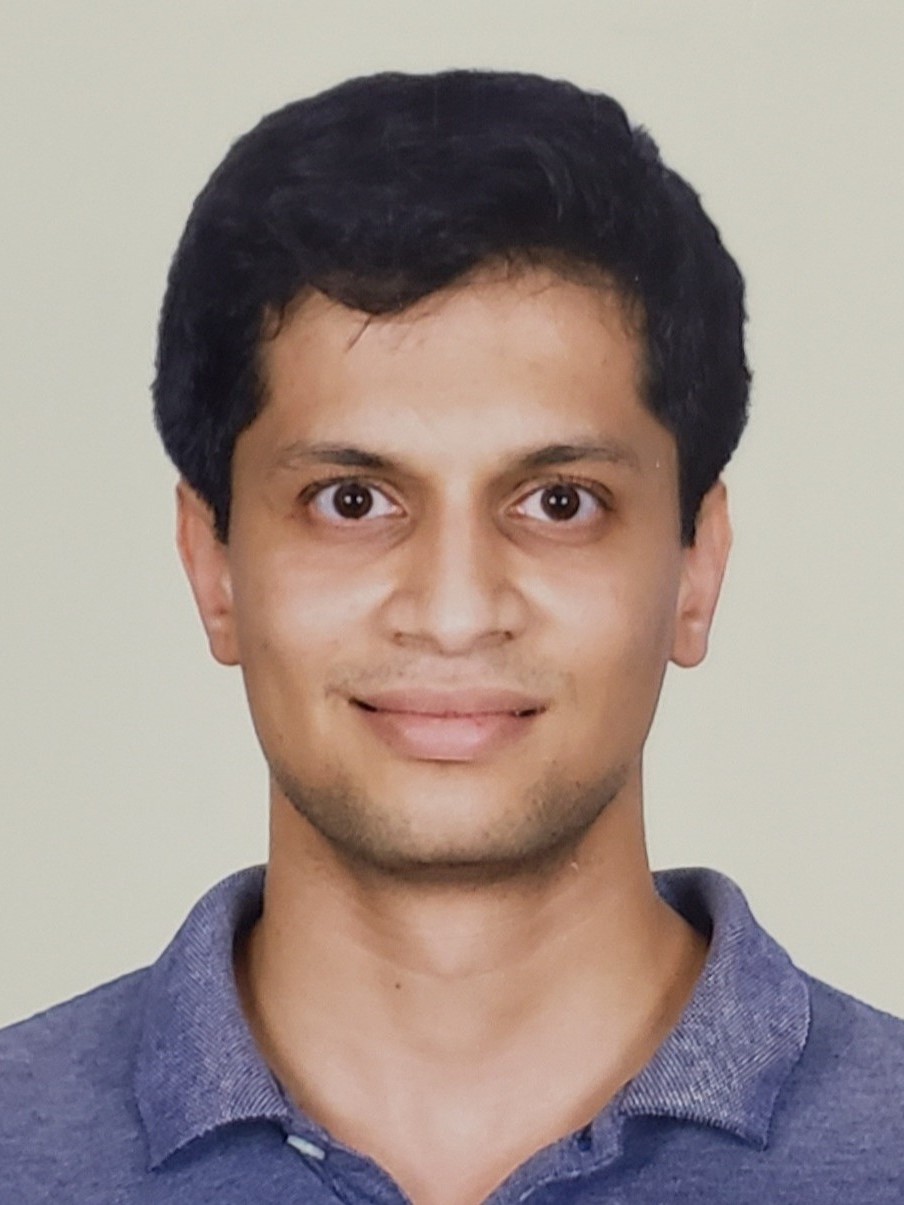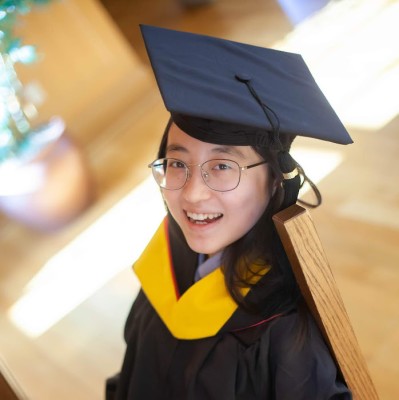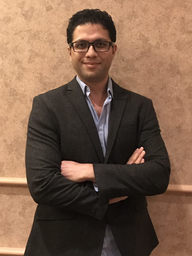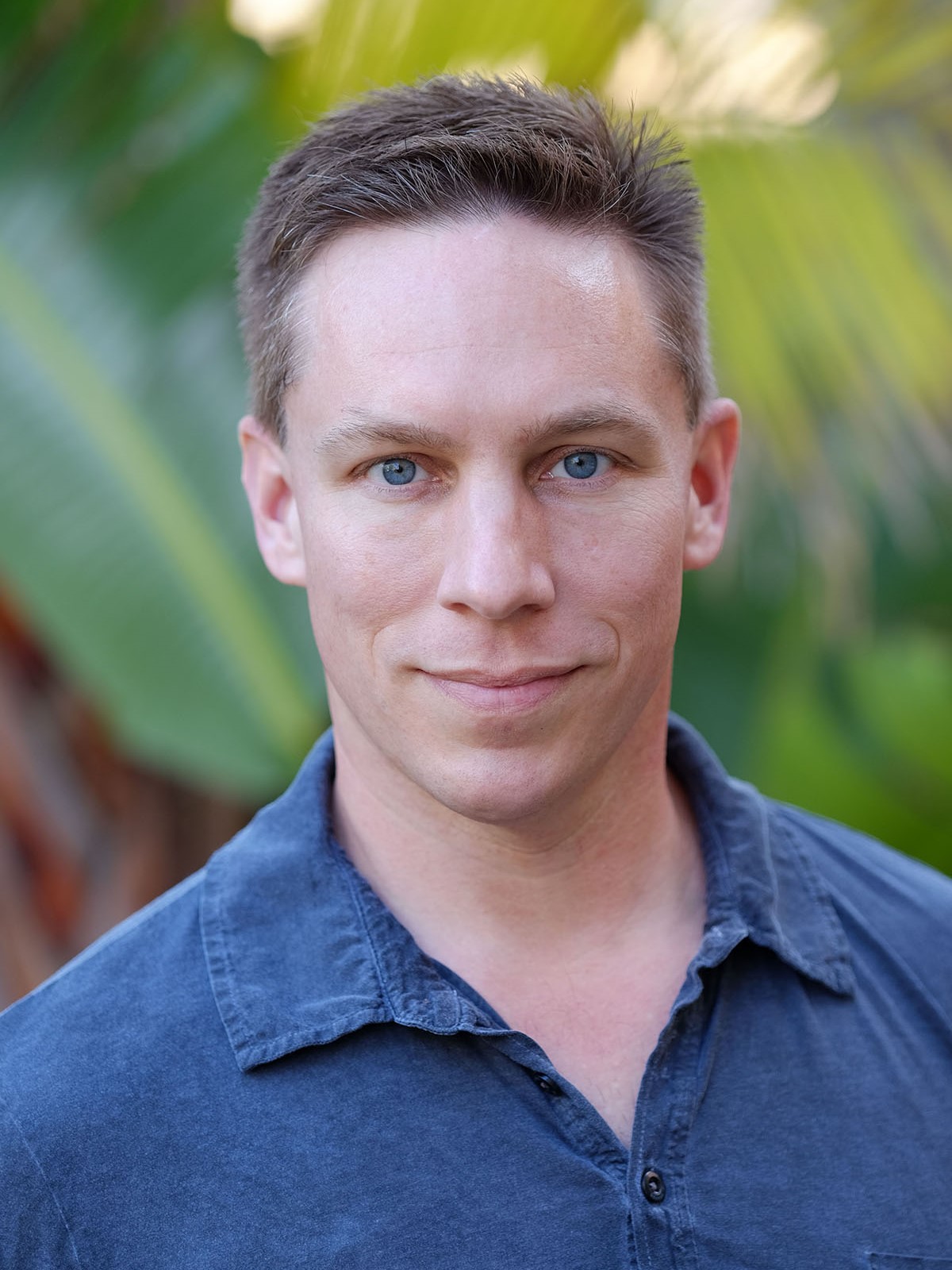Adaptive Smart Surfaces for Wireless Channel Morphing
Synopsis
Modern wireless standards promise to enable high throughput wireless links by using multiple antennas on the UEs and Basestations. However, the increase in the number of antennas do not lead to proportional increase in the achieved link througput. The primary reason for this is that the wireless channel do not have good enough multipath and is not well conditioned to support projected MIMO throughput. For example, closely spaced antennas on a user device have correlated wireless channels and do not allow for efficient spatial multiplexing of data streams.
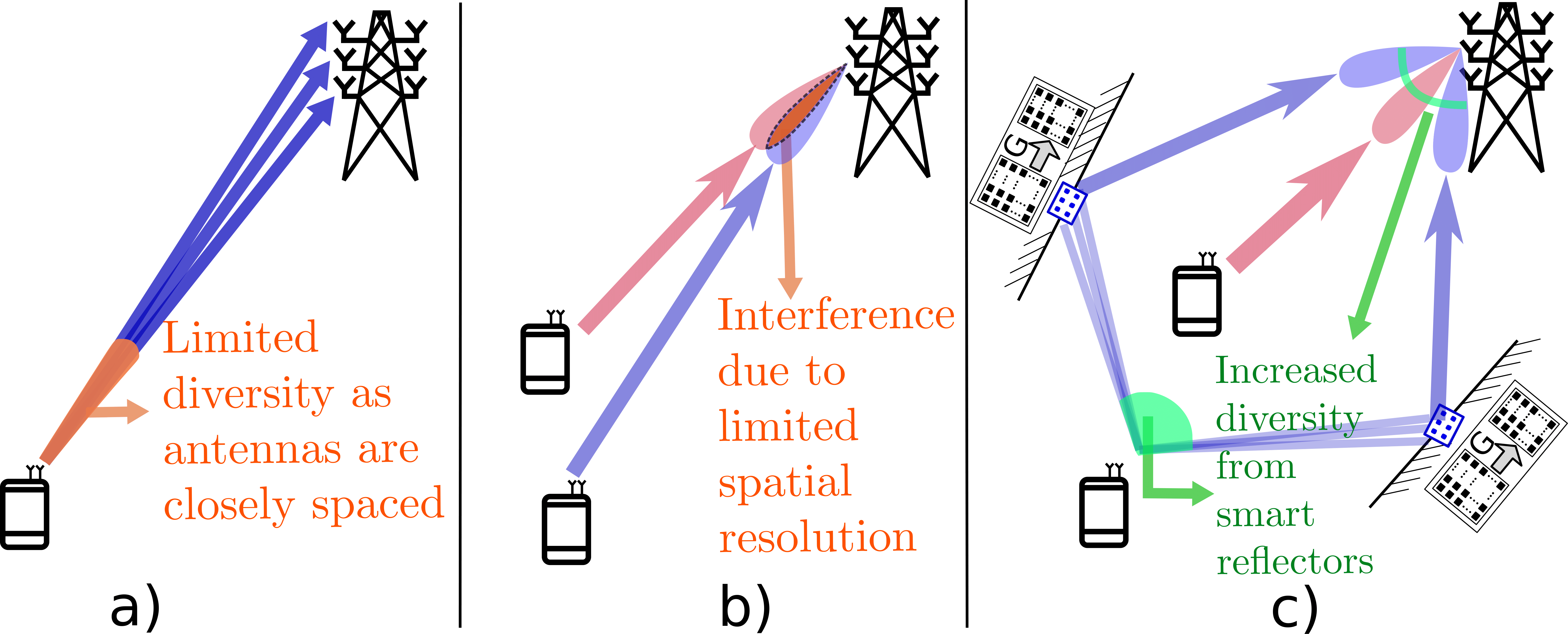
Fig 1: Smartsurface can lead to multiplexing gain

Fig 2: Polarization of an EM wave changes upon reflection and scattering and arrives at random at the UE
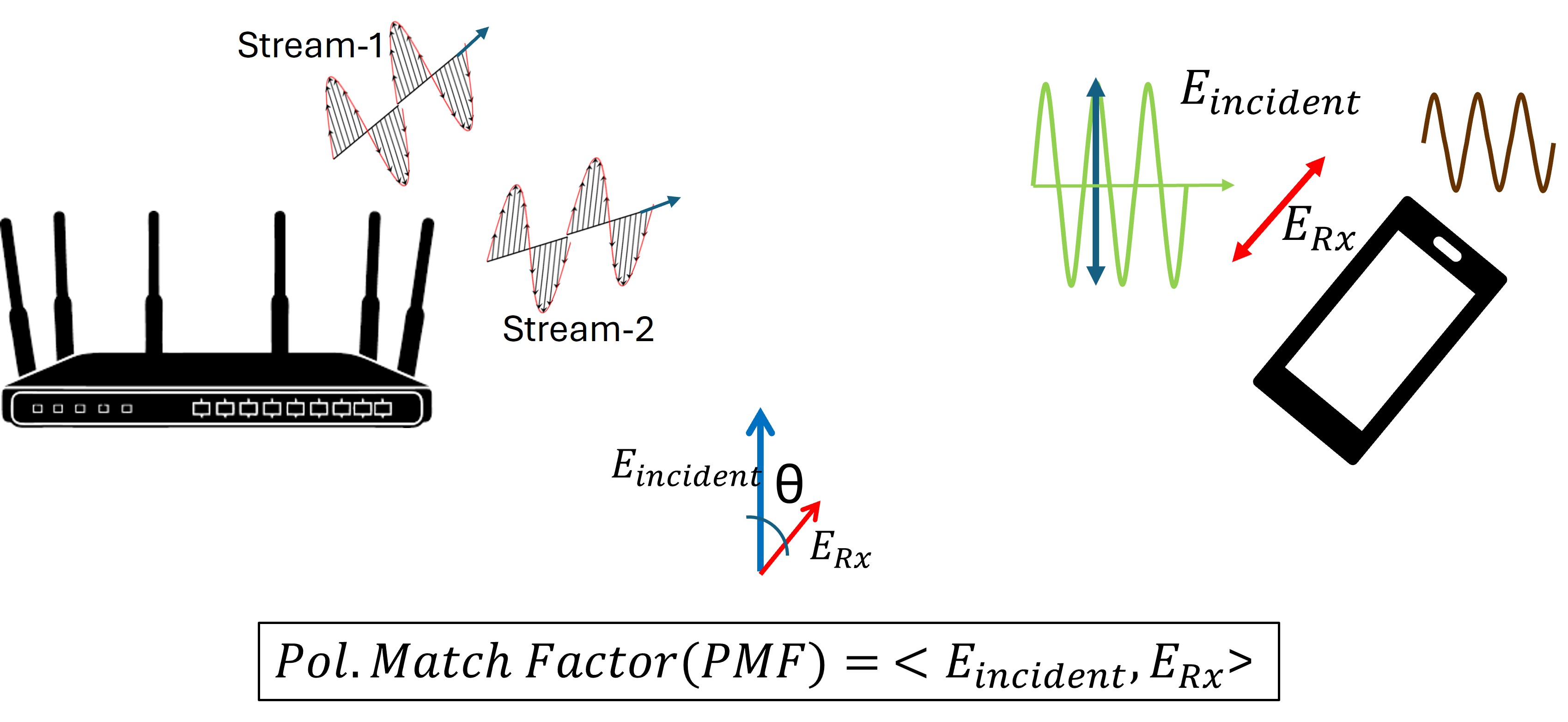
Fig 3: Antenna Polarization mismatch at the receiver causes signal loss
In the past , we have demonstrated how the multiplexing capability of the wireless channel can be increased by creating new multipath in the channel. We achieved this by designing smartsurfaces that can be deployed on walls as to create diverse paths from a UE to Basestation. The smartsurfaces create a strong reflection and makes the wireless channel well-conditioned to support multiple spatial streams.
Polar-RIS: Practical Limits of RIS Performance
Our research addressed a critical challenge in modern wireless communication: maximizing the performance of MIMO (Multiple-Input Multiple-Output) systems in crowded sub-6GHz frequencies. While MIMO technology enables faster data rates by transmitting multiple data streams simultaneously, its effectiveness depends heavily on maintaining strong, diverse signal paths between devices. Through detailed simulations and theoretical analysis, we demonstrated how subtle polarization mismatches-caused by device orientations and environmental reflections-severely degrade MIMO performance in real-world indoor environments. To overcome this, we developed Polar-RIS, an innovative smart surface technology that actively corrects polarization distortions while amplifying signals.
Media Article
Team Members
Publications
Manideep Dunna, Chi Zhang, Daniel Sievenpiper, Dinesh Bharadia
Xiaozhen Yang, Dinesh Bharadia, Daniel Sievenpiper
Sajjad Nassirpour, Alireza Vahid, Dinh-Thuan Do, Dinesh Bharadia
Ravi, Aditya Narayan and Vahid, Alireza and Shomorony, Ilan
ISIT 2021
Sajjad Nassirpour, Alireza Vahid, Dinh-Thuan Do, Dinesh Bharadia
Globecom 2020
Levy, Tal and Vahid, Alireza and Giryes, Raja
Harmonic Analysis Journal, 2021
Xiaozhen Yang, Erda Wen, Dinesh Bharadia, Daniel F. Sievenpiper
IEEE Transactions on Antennas and Propagation, 2024
